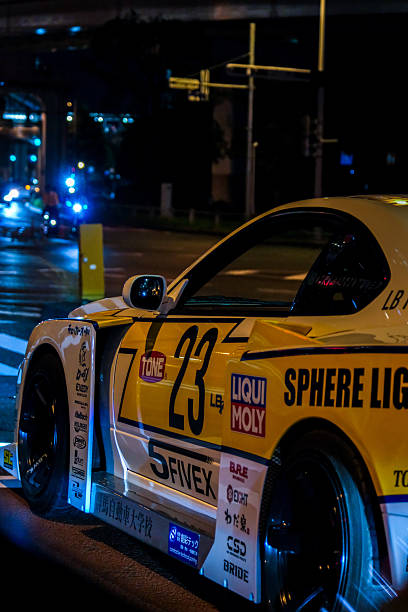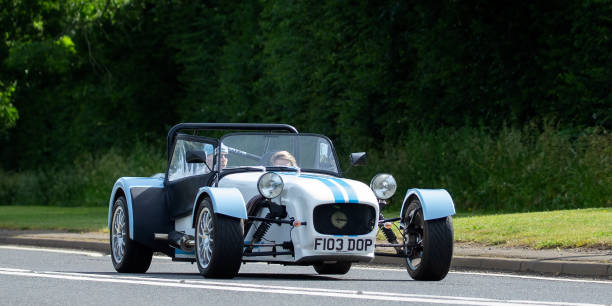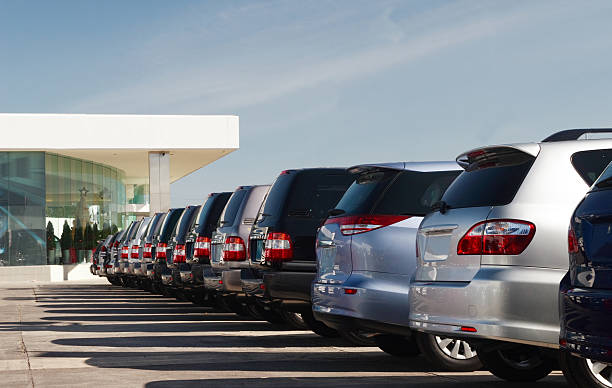Car culture is fueled by passion and the thrill of speed. From illegal street races to organized track days, enthusiasts seek adrenaline through fast driving. This culture combines mechanics, skill, and community, forming a unique lifestyle.
For many, the excitement begins with street racing. It’s about raw speed and daring challenges. However, street racing poses dangers, which has led to the rise of safer alternatives like track days.
Track days offer controlled environments where drivers can push limits without risking public safety. This evolution helps balance the thrill of racing with responsibility. Both worlds, though different, share a love for speed and precision driving.
2. Origins of Street Racing Culture
Street racing began as an underground movement fueled by the desire to showcase driving skills. It grew through informal gatherings, often at night, where racers competed for reputation and bragging rights.
The appeal lies in the adrenaline rush and the social aspect. Drivers modify their cars to improve speed and aesthetics, fostering creativity and mechanical expertise within the community.
Despite the risks, street racing thrived due to limited legal alternatives. Its rebellious spirit attracted thrill-seekers eager to test themselves and their machines against others.
3. The Risks and Consequences of Street Racing
Street racing involves serious dangers including accidents, legal repercussions, and public endangerment. High speeds on public roads increase the likelihood of crashes involving participants and bystanders.
Law enforcement actively cracks down on illegal racing to prevent injuries and fatalities. Penalties can include fines, jail time, and vehicle confiscation, deterring many from continuing.
These risks highlight why alternatives like track days have become popular. They provide a legal and safer way to experience racing thrills without risking lives or freedom.
4. The Rise of Track Days as a Safe Alternative
Track days offer enthusiasts the chance to drive on professional race tracks in a controlled environment. These events allow drivers to explore their car’s limits legally and safely.
Organizers often require safety gear and car inspections to ensure participants meet safety standards. This structure contrasts sharply with the chaotic nature of street racing.
Track days have gained popularity as they combine adrenaline with safety, allowing more people to experience high-speed driving without the associated legal and physical risks.
5. Types of Track Days and Events
Track days vary in format, from open sessions where anyone can drive, to structured events with coaching and timed laps. Some cater to beginners, while others are for experienced racers.
Events often include car clubs and communities, creating a social aspect similar to street racing but in a positive, regulated setting. Participants share tips and celebrate automotive passion.
There are also competitive track days where drivers race for time or position, blending recreational driving with motorsport excitement, appealing to a broad range of enthusiasts.
6. Preparing for a Track Day Experience
Preparation is key for a successful track day. Drivers must ensure their car is in top mechanical condition with safe tires, brakes, and fluids. Safety gear like helmets is mandatory.
Drivers often attend beginner clinics or coaching sessions to learn track etiquette and driving techniques. This education enhances safety and enjoyment on the circuit.
Mental preparation is crucial as well. Track driving demands focus, discipline, and respect for others, differing from the adrenaline-fueled chaos of street racing.
7. Modifying Cars for Street Racing vs Track Days
Car modifications differ significantly between street racing and track day cars. Street racers focus on quick acceleration and flashy appearances to impress peers.
Track day vehicles prioritize handling, braking, and safety upgrades to perform consistently on high-speed circuits. Suspension tuning and tire selection are critical for track success.
Both communities value customization, but track day modifications often comply with stricter safety regulations, balancing performance with reliability under racing conditions.
8. The Community and Culture Around Track Days
Track days foster a supportive community built around shared passion and mutual respect. Unlike the secretive nature of street racing, track events encourage socializing and learning.
Many drivers form lasting friendships and networks through these events, finding camaraderie in a safe environment. This inclusivity strengthens car culture’s positive image.
Communities often organize group track days and social events, blending competition with collaboration and helping newcomers feel welcomed and supported.
9. The Psychological Appeal of Speed and Competition
Both street racing and track days satisfy a deep psychological craving for speed, control, and competition. The adrenaline rush triggers excitement and a sense of accomplishment.
Competition pushes drivers to improve skills, focus intensely, and manage risk effectively. Track days add structure, allowing this drive to manifest in safe, measurable ways.
This shared thrill creates a strong emotional connection to car culture, motivating participants to continually refine their abilities and machines.
10. Legal and Safety Improvements in Car Culture
The growth of track days reflects efforts to reduce illegal street racing and its dangers. Legal track events provide a constructive outlet for adrenaline seekers.
Improved safety protocols and regulations have made track driving accessible and secure, encouraging responsible behavior among car enthusiasts. This shift helps protect communities.
These positive developments also improve public perceptions of car culture, highlighting its potential for skill-building and community rather than reckless behavior.
11. Future Trends in Racing and Car Culture
Technology advances like electric vehicles and simulators are shaping the future of racing culture. Virtual racing offers additional safe avenues for competition.
Track days may increasingly incorporate hybrid and electric car categories, expanding the appeal and sustainability of motorsport. Enhanced safety tech continues to evolve.
Community engagement and environmental awareness are also influencing how car culture develops, balancing adrenaline thrills with responsibility and innovation.
12. Conclusion: Embracing the Adrenaline Safely
From street racing’s raw beginnings to organized track days, the adrenaline of car culture remains powerful. The evolution highlights a commitment to safety and enjoyment.
Track days represent a mature phase where enthusiasts can safely pursue their passion for speed and skill development. This balance enriches the community and motorsport.
Ultimately, embracing adrenaline safely ensures the longevity of car culture, allowing new generations to experience the joy of fast driving in responsible ways.












